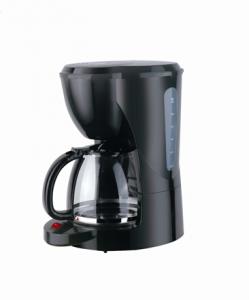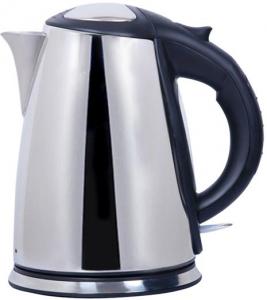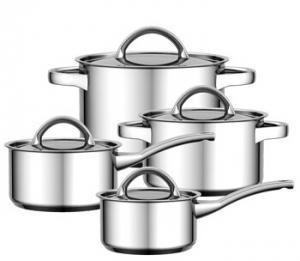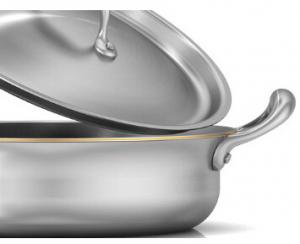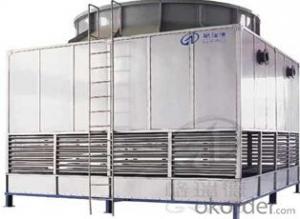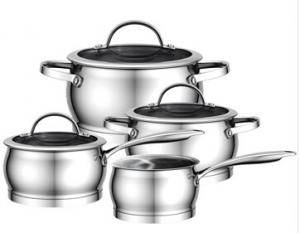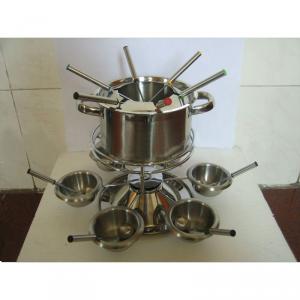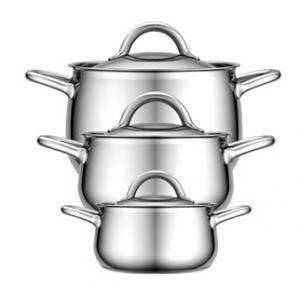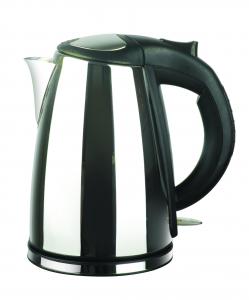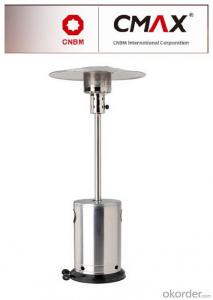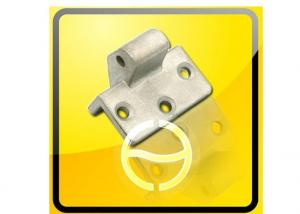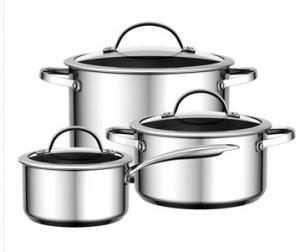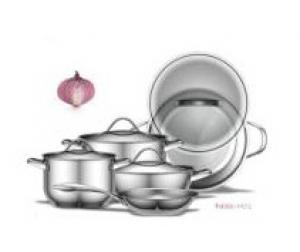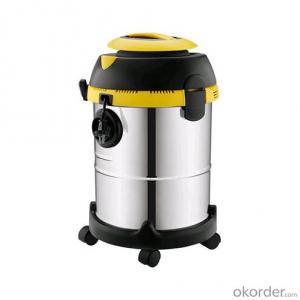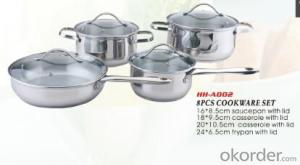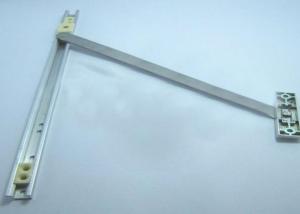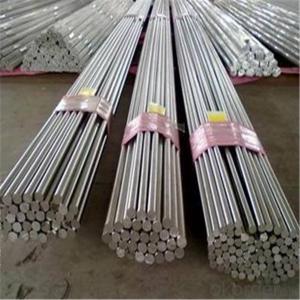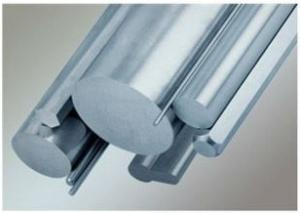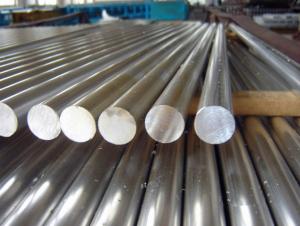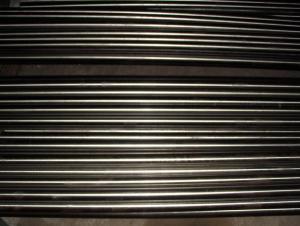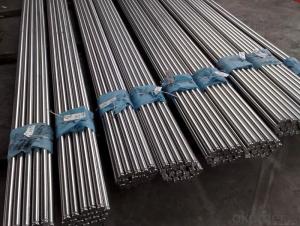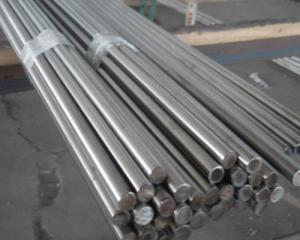Ge Stainless Steel Refrigerator
Ge Stainless Steel Refrigerator Related Searches
Stainless Steel Ge Refrigerator Ge Refrigerator Stainless Steel Stainless Steel Refrigerator Ge Lg Stainless Steel Refrigerator Stainless Steel Lg Refrigerator Stainless Steel Refrigerator Lg Lg Refrigerator Stainless Steel Stainless Steel Refrigeration Refrigerators Stainless Steel Stainless Steel Refrigerator And Stove Combo Stainless Steel Ice Maker Stainless Steel Keg Stainless Steel Radiators Stainless Steel Heater Stainless Steel Appliance Stainless Steel Storage Stainless Steel Cheese Grater Stainless Steel Food Warmer German Stainless Steel Stainless Steel Food Storage Stainless Steel Cooling Rack Stainless Steel Fan Stainless Steel Storage Tank Stainless Steel Kitchenware Stainless Steel Degreaser Food Grade Stainless Steel Stainless Steel Ice Cream Maker Stainless Steel Rack Stainless Steel Apliances Stainless Steel LuggageGe Stainless Steel Refrigerator Supplier & Manufacturer from China
The GE Stainless Steel Refrigerator is a premium appliance that features a sleek and modern design, making it an ideal choice for homeowners seeking a stylish and functional kitchen centerpiece. These refrigerators come equipped with advanced technology, such as energy-efficient compressors and smart temperature controls, ensuring that your food remains fresh and well-preserved. The GE Stainless Steel Refrigerator is designed to cater to various household needs, from large families to individuals who enjoy hosting gatherings and entertaining guests.The GE Stainless Steel Refrigerator is widely used in residential settings, as well as in commercial establishments such as restaurants, hotels, and catering businesses. Its versatile design and robust construction make it suitable for both everyday use and heavy-duty applications. The refrigerator's spacious interior and adjustable shelves allow for optimal storage and organization, providing users with the flexibility to store a wide variety of food items and beverages. Its stainless steel exterior not only adds a touch of elegance to any kitchen but also offers durability and easy maintenance.
Okorder.com is a leading wholesale supplier of the GE Stainless Steel Refrigerator, boasting a vast inventory that caters to the needs of various customers. With a commitment to providing high-quality products at competitive prices, Okorder.com ensures that customers can find the perfect GE Stainless Steel Refrigerator to suit their specific requirements. By offering a comprehensive selection of models and features, Okorder.com has established itself as a reliable source for those seeking to purchase this popular appliance.
Hot Products






